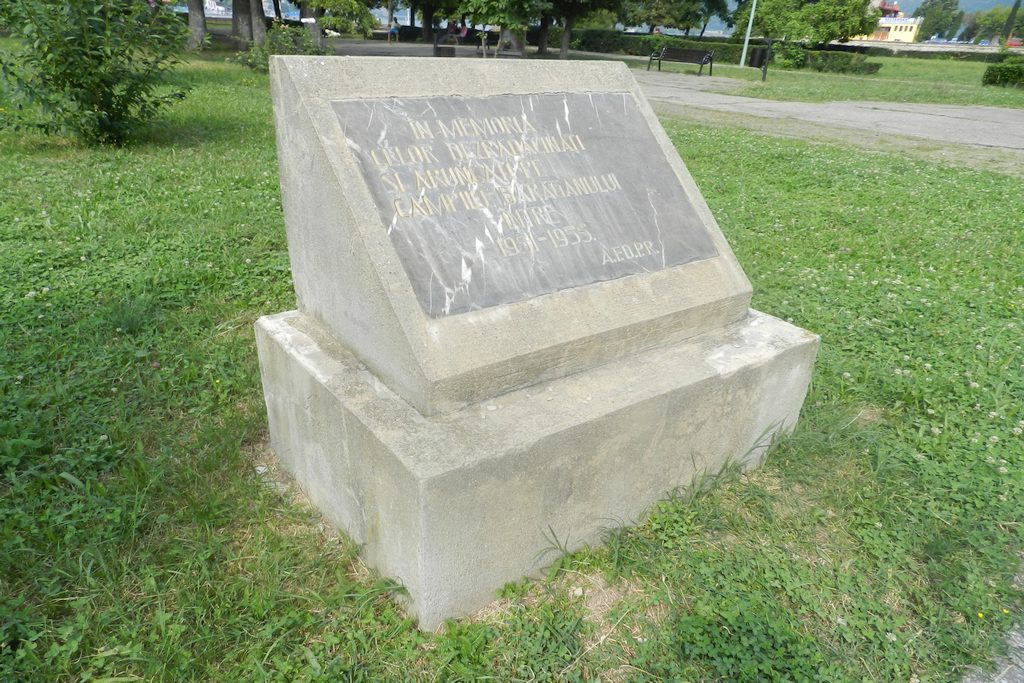

The deportations in Bărăgan were an ampleness action of “dislocation” undertaken in the years 1950 by the communist regime from Romania, with the purpose of forcedly relocating in the Plain of the Bărăgan the population who lived on a radius of approximately 25 km from the border with Yugoslavia, from the counties Timiș, Caraș – Severin and Mehedinți, following the conflict which burst up between Staliniși, the communist leader from Belgrade, Iosif Broz Tito. The space of 25 km throughout the Yugoslavian frontier was extended between the villages Beba Veche (the county of Timiș) and Gruia (the county Mehedinți), covering a number of 203 localities. There were also deported people from the island Ada Kaleh. In 1956, the deported returned to their natal places.
In that night (the 18th to the 19th of June 1951), which remained in the memory of the people from Banat and not only as the “Black Pentecosts”, 12.791 families from 3 counties of Romania (Timiș, Caraș – Severin and Mehedinți), summing up 40.230 people, were embarked in 2.656 train wagons and 6.211 motor trucks with the destination Bărăgan.
One of the pretexts of one of the biggest dramas of the Romanian village was connected with ensuring the security at the border with Yugoslavia, in the context of the estrangement of the relations between the Stalinist regime from Romania and the communist regime commanded by the marshal Iosif Broz Tito.
It was put into force the biggest action of deportation from the contemporary history of Romania, after the deportation of the Germans from Romanian in the Soviet Union, undertaken in January 1945.
A number of 12791 families, namely 40320 people, from 258 localities situated in the proximity of the border with Yugoslavia, in the current counties Timiș, Caraș – Severin and Mehedinți, were lifted up from their hostels and deported in Bărăgan. There were taken Romanians, Germans, Serbians, Bulgarians, and refugees from Basarabia and the North of Bucovina, Macedo – Romanians.
The citizens subjected to the deportation were comprised in three great groups. In the first category there entered the purged employees, the blocked militaries, the free – lancers. The second category, the most numerous, was constituted of citizens original from Basarabia and from Northern Bucovina, composed of citizens of Macedonian origin, kulaks, saloon keepers, formers industrialists or land owners. From the third group there was part the ones who had a conviction at his credit for a political infraction or the fraudulent passing of the frontier or for an infraction of serious common right, such as the economical sabotage, embezzlement or robbery.
Following the deportations in Bărăgan, 1.731 deported, among which 175 children, died in the period 1951 – 1956.
In 1990, at Timișoare there was founded the Association of the Former Deported in Bărăgan.
The Association of the Former Deported in Bărăgan, from Timișoare, together with the Association of the Former political prisoners, from Turnu Severin, assumed among others, also the administration role of the memory of deportation by the publication of the book, document archiving, installing monuments and the periodical organization of symposiums and celebrations.
